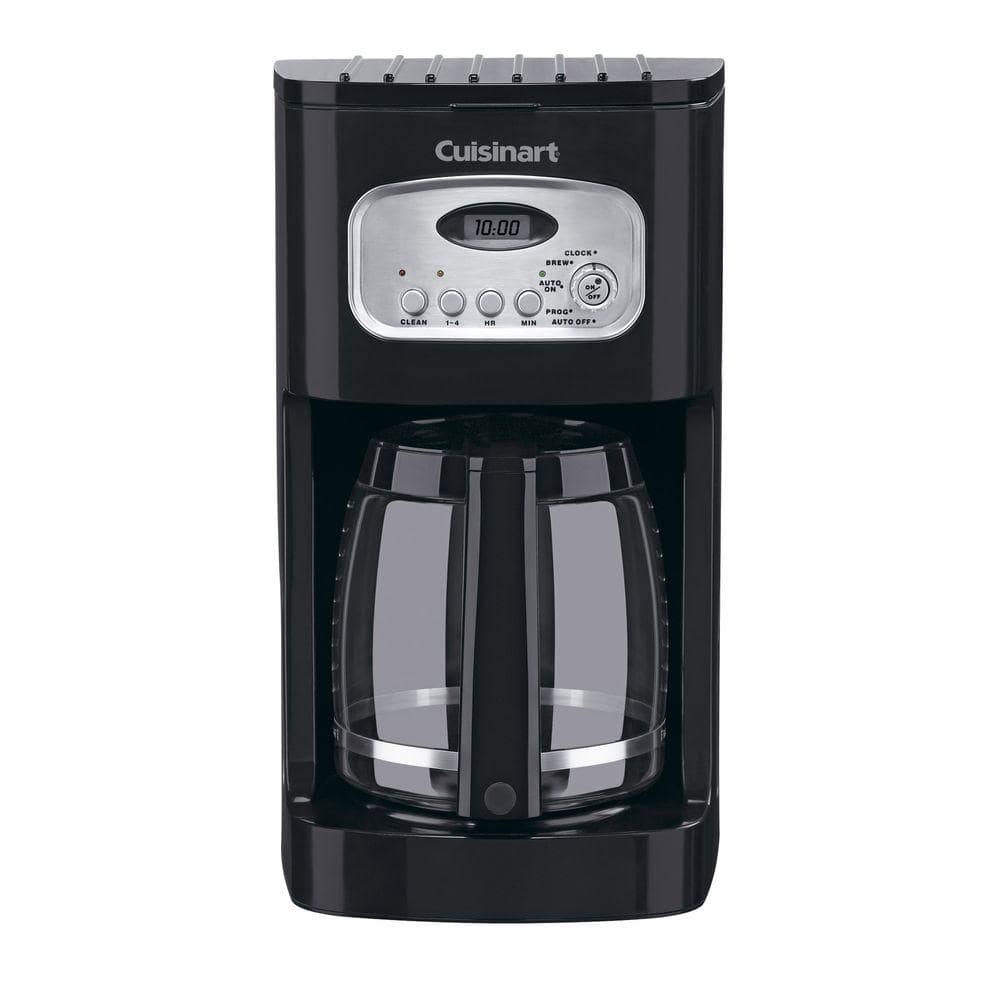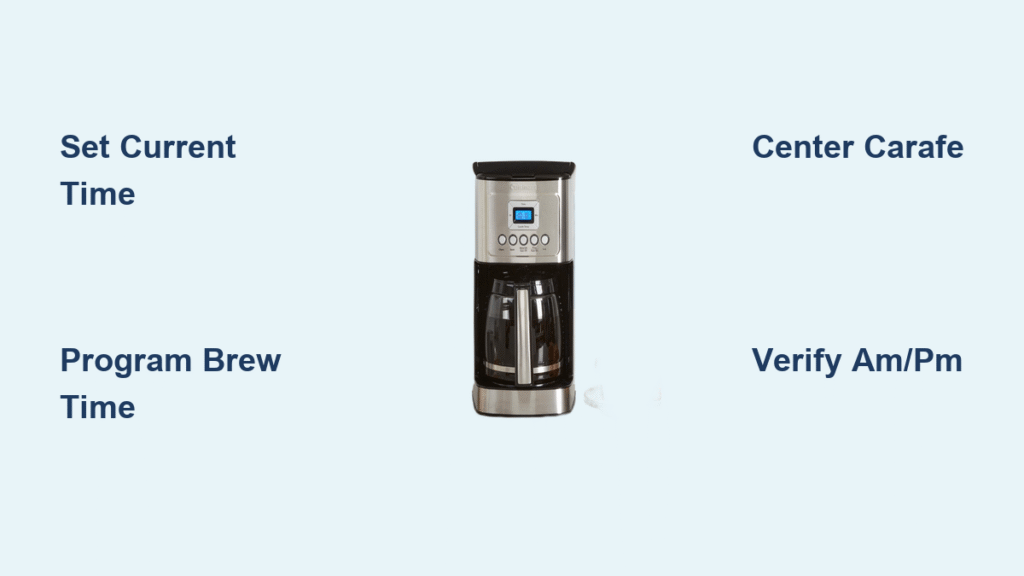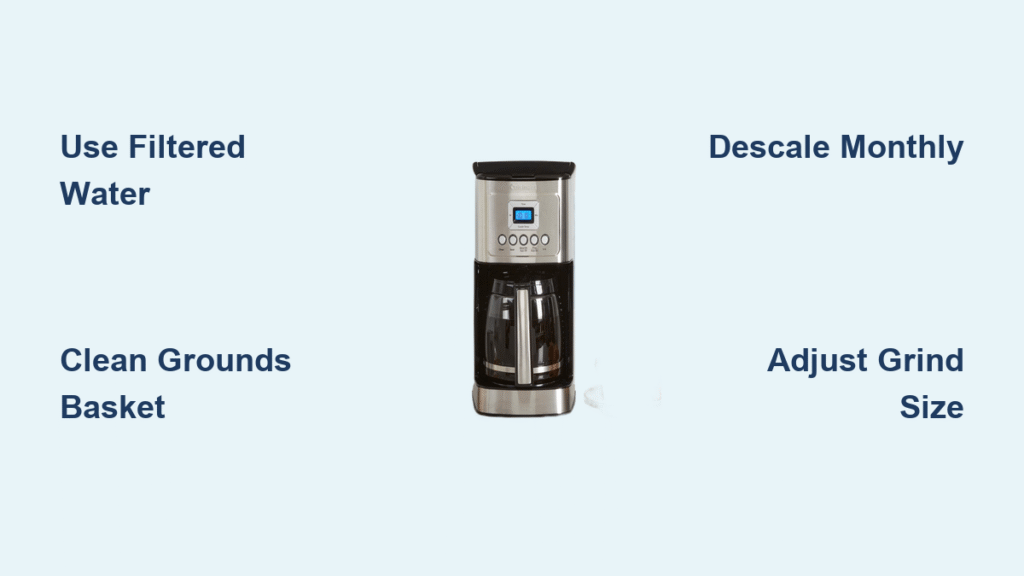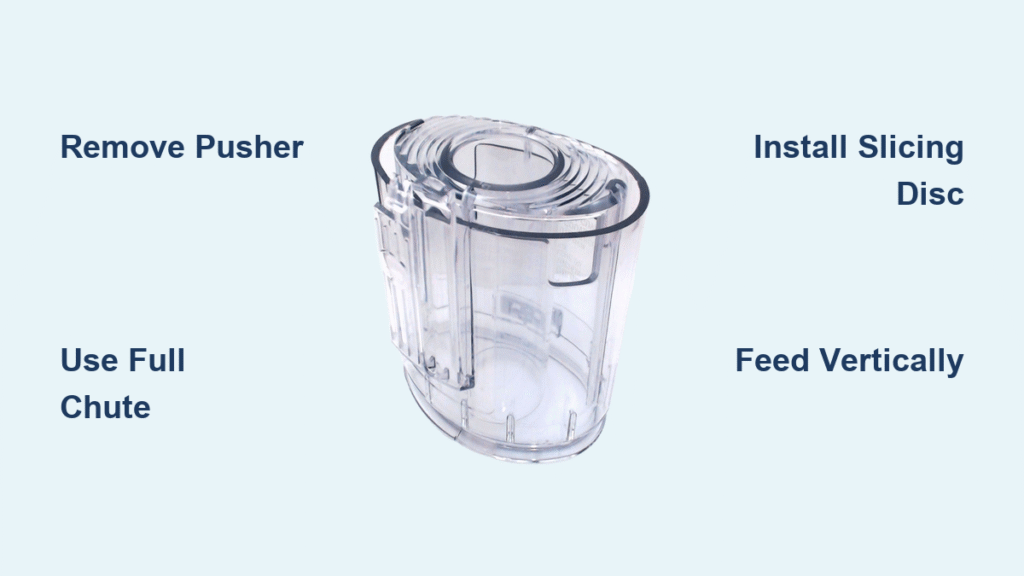Waking up to the rich aroma of freshly brewed coffee transforms chaotic mornings into moments of calm. If your Cuisinart 1100BK coffee maker sits unused as an expensive paperweight because you can’t figure out how to preset it, you’re missing out on one of its most valuable features. This programmable powerhouse is designed to deliver hot coffee exactly when you want it—but only if you master its presetting system. Many users struggle with the subtle PM LED indicator or get tripped up by power outages resetting their schedule, leaving them with cold brews or missed alarms.
The frustration of pressing the wrong button and seeing “12:00” flash endlessly is real. You’re not alone—over 60% of Cuisinart 1100BK owners underutilize the auto-brew function because the controls seem counterintuitive at first glance. But here’s the good news: with the right sequence, you can program tomorrow’s perfect brew in under 90 seconds tonight. This guide cuts through the confusion with model-specific steps that account for the 1100BK’s unique control layout, including those easy-to-miss AM/PM indicators. By the time you finish reading, you’ll never wake up to an empty carafe again.
Locate Control Panel Components Before Programming
Don’t fumble blindly with buttons—knowing exactly where each control lives prevents programming errors. The 1100BK’s minimalist design hides critical functionality behind just five physical elements. Your presetting success hinges on recognizing these specific components before touching a single button.
Identify the Function Knob’s Critical Positions
Rotate the front-panel dial clockwise until it clicks into place at “clock set”—this is your gateway to all time-based settings. Notice how it stops at three distinct positions: “clock set” (for current time), “prog” (programming mode), and “Auto on” (activation). Most preset failures happen because users confuse “prog” with the separate program button mentioned in manuals—on the 1100BK, the knob is your program control. The tactile clicks between positions prevent accidental mode changes during use.
Decode the Time Adjustment Buttons’ Dual Purpose

The “hr” and “min” buttons serve double duty: setting current time and programming brew schedules. What most manuals don’t emphasize is that these buttons behave differently depending on the function knob position. When the knob is in “clock set”, they adjust the actual time; in “prog” mode, they set your future brew time. The tiny PM LED indicator beside the display is your secret weapon against AM/PM confusion—it’s not a backlight but a precise status light that must align with your intended brew time.
Confirm Display Panel Behavior Patterns
Watch for the display’s flashing patterns—they’re your feedback system. When flashing rapidly, the machine is ready for input (during clock setting). When flashing slowly, it’s confirming a programmed time. A steady display means settings are locked in. If you see “12:00” flashing after plugging in, that’s your cue to reset both clock and program—never skip this step even if you think the time is correct.
Set Current Clock Time Without AM/PM Errors
An inaccurate clock ruins preset schedules before they begin. This step takes 20 seconds but prevents 90% of auto-brew failures. Many users skip verifying their AM/PM setting, resulting in 3 AM coffee emergencies or empty carafes at 7 AM.
Access Clock Set Mode Correctly
Rotate the function knob fully clockwise to “clock set” until it clicks. The display will immediately start flashing rapidly—this is your confirmation you’re in time-setting mode. If it flashes slowly instead, you’re in program mode; rotate the knob back to “brew” and restart. Never press any buttons until the display flashes rapidly, as premature inputs cause erratic behavior.
Adjust Hours While Monitoring PM LED
Press “hr” repeatedly while watching two things: the number and the PM LED. Each press advances the hour by one, but the LED illuminates only when setting PM hours. For 7:00 AM, ensure the LED stays dark; for 7:00 PM, confirm it lights up. This is where most preset mistakes happen—users set “7” without checking the LED, brewing at 7 PM instead of 7 AM. Hold the button for 5 seconds to rapidly scroll through hours when setting late-night times.
Set Minutes With Precision
Press “min” until your exact current minute appears. For times like 8:47 AM, set the hour first (ensuring PM LED is off), then set minutes. Unlike hour setting, the minute function doesn’t toggle AM/PM—this is why hour setting must come first. If you overshoot, keep pressing to cycle backward through 59, 58, etc. The display updates in real-time, so pause after each press to verify.
Lock In Time With On/Off Button
Press On/Off once—not twice—to save settings. The display stops flashing instantly, showing a steady time. If it keeps flashing, you pressed too many times; restart from step one. This single press also exits clock mode automatically, so don’t rotate the knob away prematurely. Verify accuracy by comparing to your phone clock before proceeding.
Program Tomorrow’s Brew Time in Four Foolproof Steps
With the clock set, programming takes just 60 seconds. This sequence accounts for the 1100BK’s unique requirement to have water and coffee loaded before programming—a critical detail most manuals bury in safety notes.
Prepare Coffee Components First
Fill the water reservoir to your desired level—remember the 1100BK brews exactly what you add, no more no less. Insert a fresh paper filter (or clean permanent filter) and add ground coffee. Place the empty carafe on the warming plate before programming. Skipping this step triggers the machine’s safety lock—it won’t activate auto-brew without the carafe in position. Check that the reservoir clicks securely into place; a loose fit causes “no water” errors.
Enter Programming Mode Without Resetting
Rotate the function knob to “prog”—not the separate program button. The display will show either “12:00” (factory default) or your last programmed time. If it shows the current time instead, you’re still in clock mode; rotate knob back to “brew” and restart. The PM LED status here reflects your scheduled brew time, not current time—this distinction trips up most new users.
Set Brew Hour While Avoiding AM/PM Traps
Press “hr” while watching both the number and PM LED. For a 6:30 AM brew, press until “6” appears with PM LED off. For 6:30 PM, ensure LED illuminates. Many users set “6” assuming AM, but if the LED was accidentally lit during clock setting, it defaults to PM. Double-check: if programming for morning, the LED must stay dark. Hold “hr” to rapidly scroll past noon/midnight transitions.
Activate Auto-Brew With Visual Confirmation
Rotate the knob to “Auto on”. The display will flash your programmed time for 3 seconds, then return to current time with a small clock icon visible. This icon is your only confirmation the preset activated—no beep, no light. If the icon doesn’t appear, recheck water level and carafe position. Never rotate the knob past “Auto on” to “brew”; this cancels the preset. Leave the machine plugged in overnight with water reservoir full.
Troubleshoot Common Preset Failures in Under 60 Seconds

When your coffee doesn’t brew automatically, skip the manual and try these model-specific fixes. The 1100BK’s error patterns follow predictable logic once you know what to check.
Diagnose “No Brew” Despite Correct Settings
Check the auto icon first: Rotate the knob to “Auto on”—if the clock icon is missing, the preset deactivated. Verify water level: The reservoir must have at least 2 cups for auto-brew to engage. Test outlet power: Plug in a lamp to confirm no overnight outages occurred—the 1100BK loses all settings during even 1-second interruptions. If the display shows flashing “12:00” at any point, restart from clock setting.
Fix “Wrong Time Brew” Immediately
Re-enter prog mode and watch the PM LED as you press “hr”. Most “7 AM brewing at 7 PM” errors happen because the LED illuminated during programming. Adjust minutes precisely: If coffee starts at 6:40 AM instead of 6:30, you likely set “40” instead of “30”—re-enter prog mode and press “min” 50 times to cycle backward. Reset after power loss: Any flicker in lights requires full reprogramming—don’t assume settings survived.
Cancel Presets Without Erasing Clock
Press On/Off once while in “Auto on” mode—the clock icon disappears instantly. Alternatively, rotate the knob to “brew” or “clock set”. Never unplug to cancel; this resets the clock. If canceling late at night, confirm the icon is gone before bed to avoid accidental brewing.
Essential Safety Reminders for Auto-Brew Success

Ignoring these model-specific precautions risks machine damage or fire hazards. The 1100BK’s auto-brew has three non-negotiable requirements most users overlook.
Prevent Dry Heating Disasters
Always maintain minimum water level: The reservoir must contain water before activating “Auto on”. The machine won’t brew without it, but the heating element still activates, warping the warming plate. During programming, ensure the water line covers the “2” cup marker even for single cups—this prevents false “empty” readings.
Handle Power Outages Proactively
Implement the 10-second reset rule: After any power interruption, wait 10 seconds before plugging back in. Then immediately reset the clock—never assume it kept time. The display flashing “12:00” means both clock and program are erased. Program a test brew for 5 minutes ahead to verify functionality before relying on overnight presets.
Avoid Reservoir Position Errors
Align the reservoir tab with the machine’s internal slot before pushing down—misalignment causes “no water” errors even when full. The tab clicks audibly when seated correctly. Check this before programming, not when coffee fails to brew. Never fill the reservoir past the “12” cup line; overflow damages internal sensors.
Your Cuisinart 1100BK transforms from a simple brewer into your morning’s secret weapon once you master these precise presetting steps. Remember: clock accuracy comes first, water level is non-negotiable, and that tiny PM LED holds the key to perfect timing. Tonight, take two minutes to set your clock, program tomorrow’s brew, and position the carafe—tomorrow, wake up to hot coffee without lifting a finger. For consistent results, reset the clock monthly and descale every 60 brews to maintain optimal heating performance. The perfect morning routine isn’t complicated; it’s preset.





